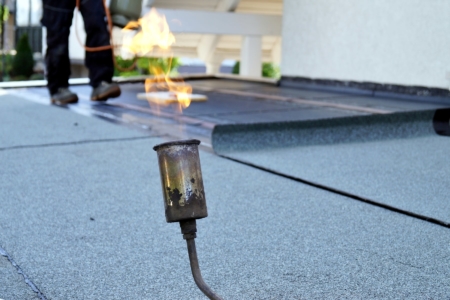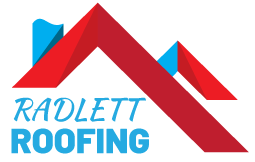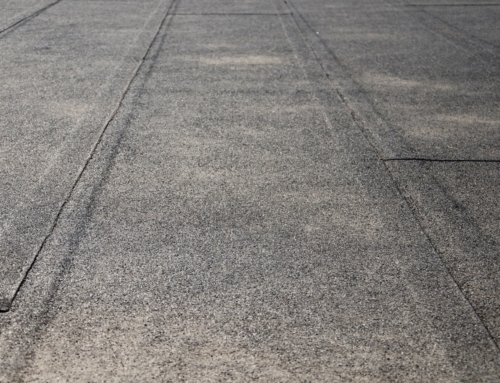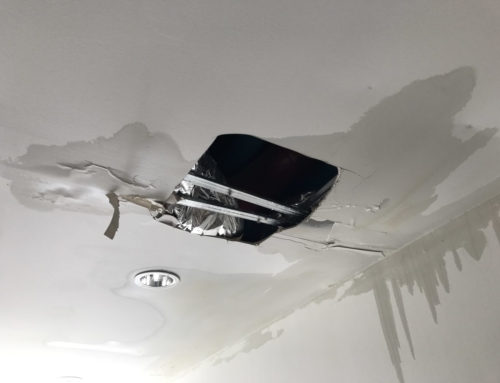
When installing and upgrading flat roofs, selecting the best roofing material is crucial for ensuring durability, water resistance and longevity. Among the various options available, EPDM rubber, GRP (Glass Reinforced Plastic) and traditional felt are popular choices.
But which roof material should you choose for your flat roof? We find out.
What are the benefits of EPDM rubber flat roofs?
EPDM rubber is known for its exceptional durability and resistance to weathering, UV rays and temperature fluctuations. The rubber sheets used are available in large sizes, allowing for seamless installation on the majority of flat roof surfaces found in the UK. Fewer seams mean fewer potential leak points.
EPDM requires minimal maintenance, as it’s resistant to moss and algae growth and won’t require regular recoating. A well-installed EPDM rubber roof can last decades, making it a long-term investment. However, you’ll need to use an experienced contractor with the skills to achieve proper adhesion and sealing of the flat roof.
What are the benefits of GRP fibreglass flat roofs?
GRP fibreglass is incredibly strong and durable, making it suitable for flat roofs with heavy foot traffic, seating requirements or equipment installed. Similar to EPDM rubber, GRP roofs are applied as a single continuous layer, minimising leak risks. The material is also highly weatherproof, able to withstand strong UV rays and an ever-changing climate.
GRP can be pigmented and finished with a layer of resin to create a variety of colours and textures, customising its appearance. Like EPDM, GRP fibreglass requires a professional installation to ensure a perfect finish.
What are the benefits of felt flat roofs?
The traditional option of the three flat roofs, felt is often the most budget-friendly product. Furthermore, if damages occur, felt roofing is relatively easy and inexpensive to repair.
However, compared to EPDM and GRP flat roofs, felt has a shorter lifespan and may require regular maintenance to prevent deterioration. Felt roofing can also be vulnerable to weathering, especially in extreme conditions. That said, modern felt roofing uses bitumen with small metal fibres to improve weatherproofing and durability.
Which flat roof material should you choose?
When choosing the right type of flat roof for your property, the most appropriate material depends on factors such as budget, expected lifespan, maintenance requirements and the specific requirements of your flat roof.
If you’re looking for a long-lasting, low-maintenance option, EPDM rubber and GRP fibreglass are most suitable. GRP is also an excellent choice if your roof will see heavy use. On the other hand, if cost is your primary concern, and you’re comfortable scheduling regular maintenance with your local roofer, bitumen felt should be considered.
Remember, proper installation is essential for performance, so whatever flat roof you opt for, hire an experienced professional for the job.
Would you like a flat roofing quote? Get in touch
Looking for a new flat roof? At Radlett Roofing, our Hertfordshire roofers offer their services throughout the area, including Tring and Waltham Cross.
For a free flat roofing quote, contact us now.




